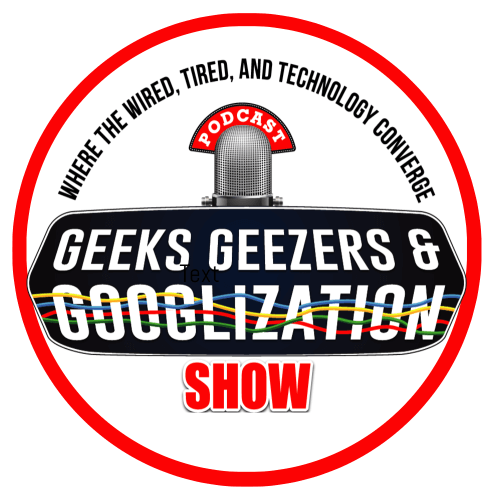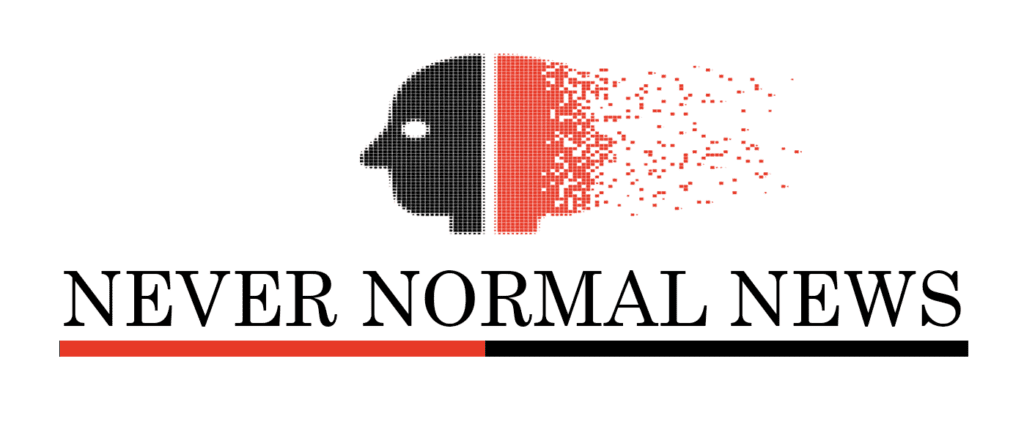Live with Evan Sohn, Recruiter.com
Hiring and Recruiting Predictions 2022
The old methods of recruiting candidates simply do not work in this new pandemic world. Now entering its third year, post-pandemic life is still evolving. The new normal is no longer new or normal. Nowhere is the descriptor never-normal, popularized by Geeks Geezers Googlization host Ira S. Wolfe, more accurate than in the world of HR and specifically recruitment. Evan Sohn was our guest for this episode of Geeks Geezers Googlization.
Who is Evan Sohn?
Evan stepped into the role as chairman of Recuiter.com in June 2020, with an ambitious mission to help companies recruit talent “smarter and faster.” Asked “what does Recruiter.com do,” Evan replied: “Use Recruiter.com to help your company funnel potential candidates to become future employees.” Recruiter.com creates a system for companies to hire on demand highly specialized talent acquisition recruiters. They utilize artificial intelligence software and engagement platforms to improve the screening and selection matches, as well as build candidate pipelines to help their clients, large and small.
Will The Labor Shortage Ever End?
Sohn points to three trends creating the labor shortage employers are experiencing today: one is systemic and the other two are episodic.
- Many employees simply enjoy the flexibility and freedom of remote work that is creating a great resignation. (Episodic)
- There is an incredible demand for less-skilled labor. (Episodic)
- And we now have “The Job Hopper economy” which Sohn explains , as the culmination of Millennials wanting to leave jobs after 6 months to look for new experiences, as opposed to higher compensation, as the top priority. (Systemic) (Sohn, 00:09:33)
The Great Evaluation
These three trends are part of what Sohn believes is called “The Great Re-evaluation” (Sohn, 00:10:54). What that means is that companies, as well as employees, are evaluating the workforce relationship and what they get out of the relationship.. Today companies can hire from anywhere and can find employees who align with them culturally with no geographic limitations Sohn suggests these companies are doing it right: Spotify, J.P. Morgan and Amazon.
Before they hop on the payroll or even schedule an interview, candidates know they can expect. Priorities of the company are not a secret.
It’s no secret either that as a result of acute labor shortages, finding new job opportunities has gotten much easier and more productive. The requirement to relocate is a thing of the past. The need for a candidate to move across state or even national lines are over. In this post-pandemic world, a candidate can apply anywhere in the world and never leave his home to interview or work. The world’s population is now the job and talent pool.
Ira Wolfe emphasized however, these shortages weren’t unpredictable or unanticipated. The writing was on the wall. “The pandemic merely accelerated the “perfect labor storm” forward.
Recruiting Then…and Now
Finding a job just a few years ago took initiative, motivation and commitment. Up until the early 1990s, the best source of talent came from the classified ads in the Sunday newspaper. Job seekers had to type, mail or fax a resume or even visit the place of business and fill out an application in person. Finding a job required intention and effort on the part of the candidate.
Technology changed everything. Today a candidate can upload a resume or fill out a form one time and with the click of a key, apply for 100s of jobs at companies they know nothing about. Unfortunately most companies still recruit and screen candidates like jobseekers are still living in the 1970s! This disconnect is one reason for the explosion of “ghosting” – where candidates don’t respond to employer requests. But we shouldn’t blame the candidates, Wolfe says, “they’ve been trained for years because recruiters have failed to acknowledge job applicants or respond promptly (if ever).
Hiring Takes Too %@$* Long
Sohn believes companies take too long to screen, interview and hire employees. Most companies take 42 days or more to hire a candidate, which is unrealistic in today’s market. Forty-two minutes often makes the difference between hiring an employee or losing him to your competition. The most recent results from The Talent Board’s CandE Benchmark research continues to show the top two job candidate pet peeves are “my time was disrespected” and “the recruiting process took too long.”
Air Traffic Controllers of the Job Market
To help gauge the market and hiring sentiment, Recruiter.com started their own recruiter index in May of 2020. Sohn says it’s based o the idea that, “recruiters are the air traffic controllers of the job market.” The index has already become a recognized indicator of job market trends and challenges, relying on a variety of variables, such as the quanity of jobs, variety of jobs, compensation trends and others.
One variable with rising importance is work life balance. According to The Recruiter Index, work-life balance (aka flexibility) is now more important than compensation as a candidate magnet.
The Gig Economy
Throwing money at candidates is a short term band-aid.
Sohn cites how Amazon couldn’t attract enough employees for its full time shipping job. So it shifted its strategy and started messaging the job as a part-time job attractive to people who needed extra cash for the holidays. It proved successful. A few companies have taken even more extreme positions – targeting non-vaccinated candidates. Regardless of the strategy, all these variables will lead to what Sohn calls the “Gig Economy.” In the future. companies will need to get much better at matching and balancing the priorities of job seekers with company needs.
In the short term, Sohn also suggests the solution to these changing variables is that recruiters need to create a bigger recruiting funnel to end up with the candidate they need and want. You can’t just recruit purple unicorn candidates who live in the neighborhood and will accept market wages with no consideration for personal life and well-being.
Diversity In the Job Market
Recruiter.com ranked diversity as a top six issue going forward. Workers, community, and government are beginning to demand more diversity, not just on the front lines but in the C-Suite too. Sohn predicts diversity will be a leading issue and spur changes in the workplace in 2022.
What Should We Lookout For in 2022?
More benchmarking on why people are leaving companies
Companies creating a constant pipeline of candidates
Companies building a bench for employees to stay longer
Emergence of recruiting as a career
“Companies need a new way to either build their candidate funnels and get butts in seats. The old way just doesn’t work” (Sohn, 00:07:00)
“Companies need to augment their exteral talent acquisition teams” (Sohn, 00:07:18)
“The way job seekers are looking for jobs is way different then the way companies are hiring people” (Wolfe, 00:17:10)
“The great resignation is upon us. We saw that in the recruiter index a week [before the government] announced 4.3 millin people quit [jobs] the month before” (Sohn, 00:21:20).
“75% of candidates view non-compensation as their highest priority… companies could use this data to really start to figure out how to build the culture they want” (Sohn, 00:22:00)
“Fundamentally I believe that diversity actually has to start at the top of the funnel, not the bottom.” (Sohn, 00:30:16)
“We’re going to see the emergence of recruiting as a career… you’ll see this not next year but in the next couple of years”(Sohn, 00:35:22)
“If you think about a company, their greatest asset is the people that work there.” (Sohn, 00:36:00)
More episodes like this
Apple
Spotify

iheart

More


0 Comments